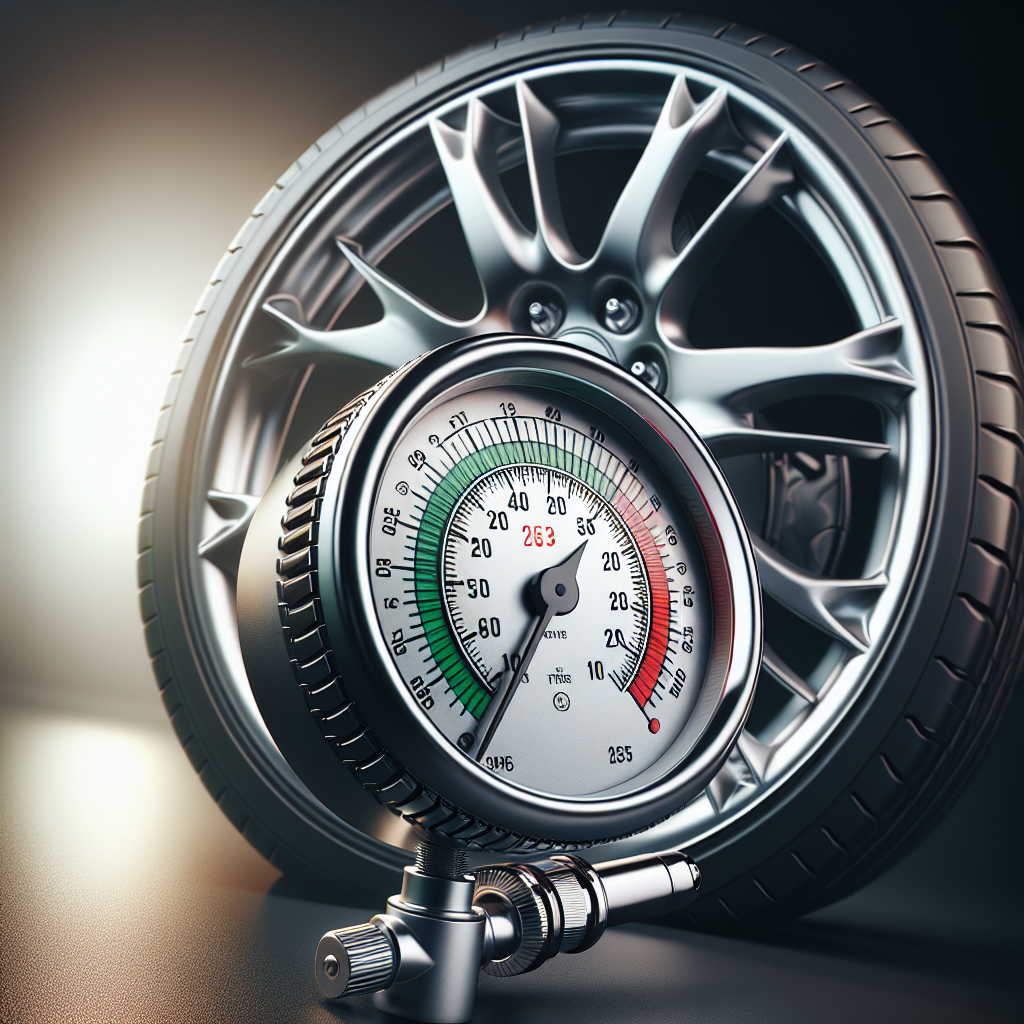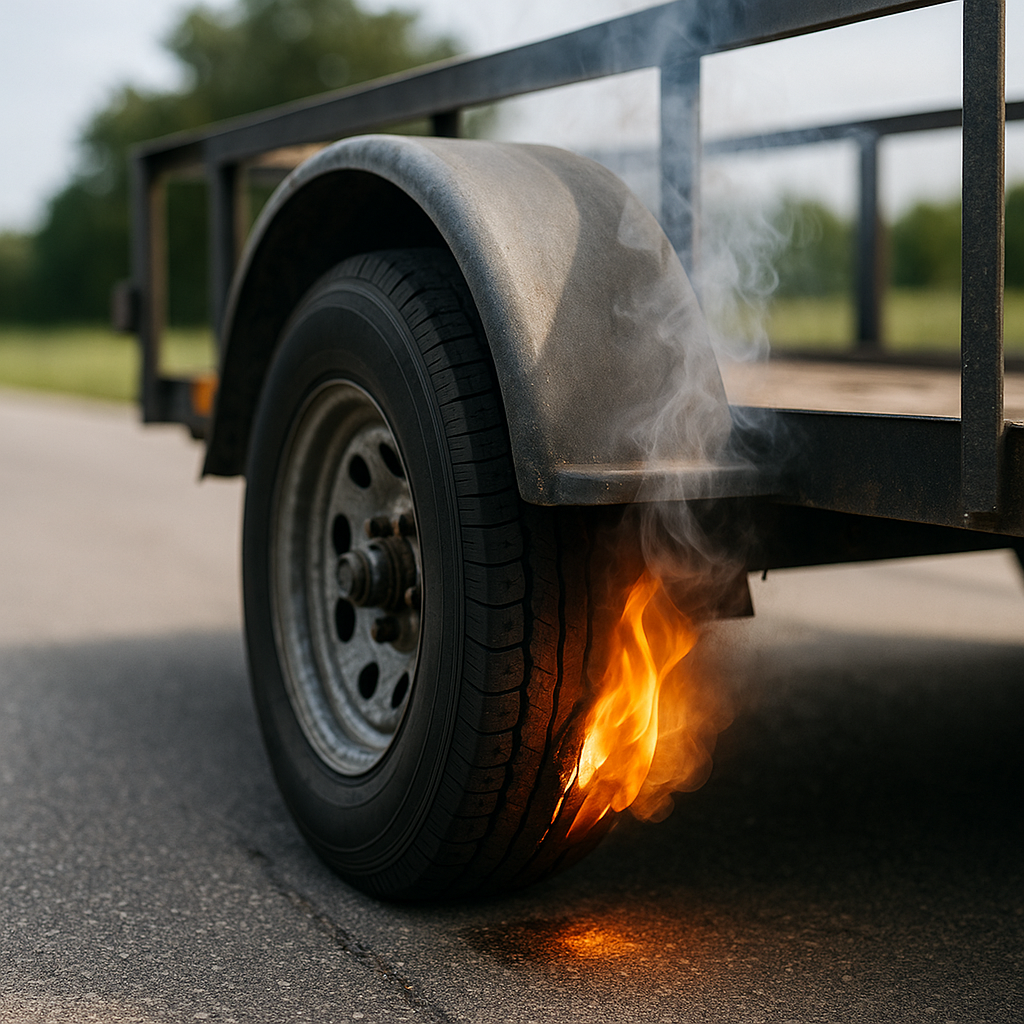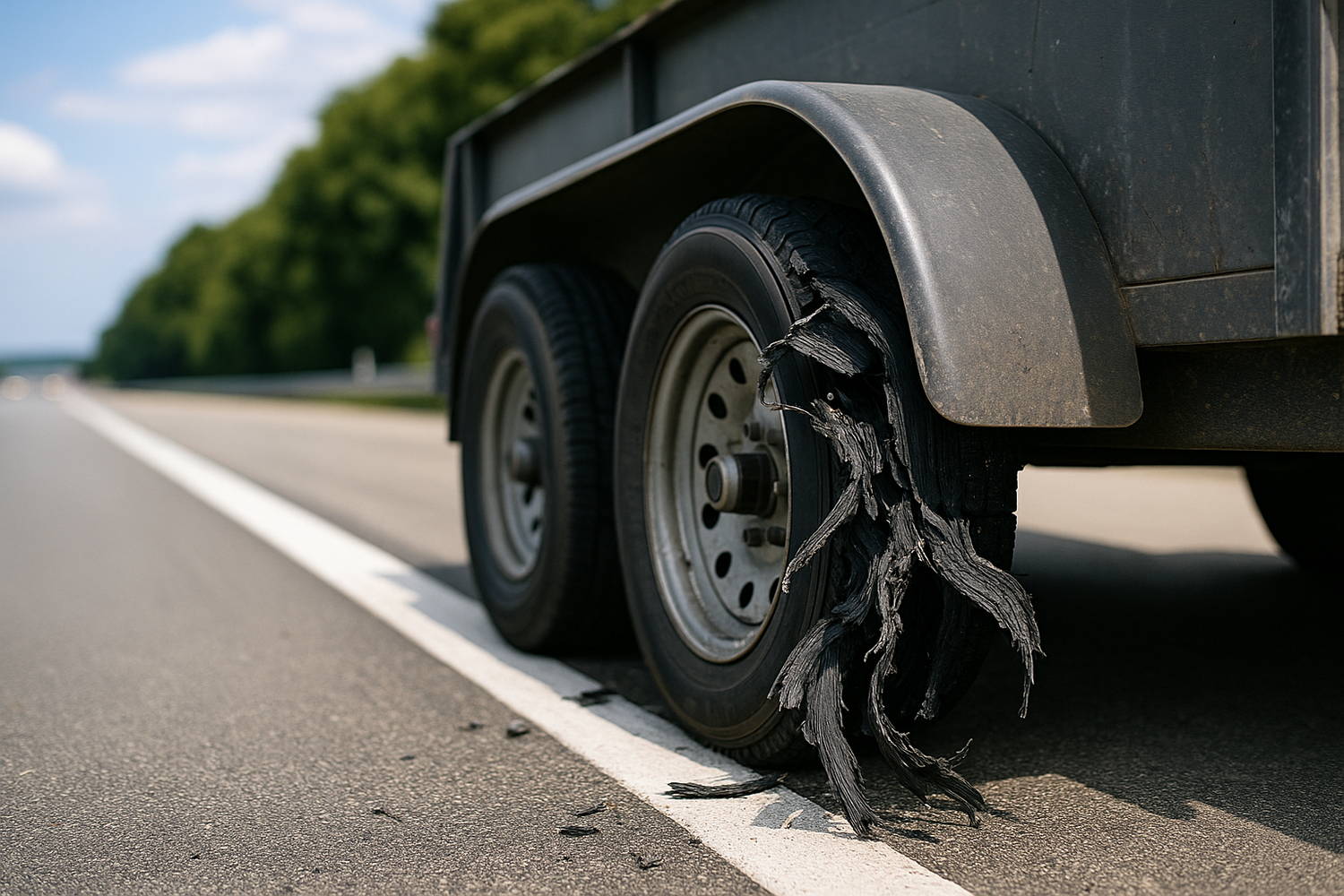Maintaining the Tire Pressure Monitoring System (TPMS) is crucial for several reasons, primarily related to safety and performance. A well-functioning TPMS provides real-time data on tire pressure, alerting drivers when pressure falls below the recommended levels. This proactive approach is essential in preventing blowouts, which can lead to catastrophic accidents.
Moreover, proper TPMS maintenance contributes to better fuel efficiency. Under-inflated tires create additional drag, causing your vehicle to consume more fuel. By ensuring that your TPMS is regularly checked and calibrated, you can maintain optimal tire pressure, which not only enhances safety but also saves you money on fuel costs.
Additionally, a reliable TPMS can extend the lifespan of your tires. Properly inflated tires wear evenly, reducing the need for early replacements. Regular maintenance of your TPMS helps in identifying issues before they escalate, ensuring that your tires remain in peak condition.
To maximize your TPMS's effectiveness, consider implementing a routine check-up schedule, which includes:
- Regularly checking tire pressures.
- Inspecting sensors for damage or corrosion.
- Updating the TPMS software when necessary.
By staying on top of these maintenance tips, you can enjoy safer and more efficient driving experiences. Tow with peace of mind, knowing that trailerwatchdog is standing guard. Visit trailerwatchdog.com to learn more about our trailer monitoring system!
Regular Tire Pressure Checks and Adjustments

One of the most critical aspects of TPMS maintenance is conducting regular tire pressure checks and adjustments. Tire pressure can fluctuate due to various factors, including temperature changes, driving conditions, and even the natural aging of tires. Keeping your tires at the correct pressure not only enhances safety but also improves vehicle performance.
Checking tire pressure should be done at least once a month and before long trips. To ensure accurate readings, it is best to measure tire pressure when the tires are cold, as heat generated during driving can increase pressure readings. The recommended tire pressure for your vehicle can typically be found on a sticker located on the driver’s side door jamb or in the owner’s manual.
When checking tire pressure, use a reliable tire pressure gauge. Here’s a simple step-by-step guide:
- Remove the valve cap from the tire you wish to check.
- Press the gauge onto the valve stem firmly to get a reading.
- Compare the reading with the recommended tire pressure.
If your tire pressure is too low, use an air compressor to inflate the tire to the correct level. Conversely, if the pressure is too high, release some air until it reaches the recommended level.
Regular tire pressure checks and adjustments not only enhance your vehicle's safety but also contribute to better fuel efficiency and tire longevity. By incorporating this practice into your routine, you ensure a smoother, safer ride.
Inspecting TPMS Sensors for Optimal Functionality

To maintain peak performance of your trailer’s tire pressure monitoring system, it is crucial to regularly inspect TPMS sensors. These sensors are responsible for measuring tire pressure and temperature, providing real-time data that can prevent potential hazards associated with tire failures. A malfunctioning sensor can lead to inaccurate readings, which might compromise your safety and efficiency on the road.
Begin your inspection by visually examining each sensor for any signs of damage or wear. Look for cracks, corrosion, or loose connections that could affect their performance. It’s also important to ensure that the sensors are securely attached to the valve stems of the tires. Any loose fittings can lead to air leaks, resulting in incorrect pressure readings.
Additionally, pay attention to the battery life of the sensors. Most TPMS sensors come with built-in batteries that typically last between 5 to 10 years. If you notice a warning light on your dashboard indicating low tire pressure, it could also signal a failing sensor battery.
Another essential aspect of sensor maintenance is recalibration. After replacing tires or sensors, recalibrating the TPMS system ensures that it communicates effectively with your vehicle. This process can often be done manually or automatically, depending on the vehicle model.
Regular inspections and maintenance of TPMS sensors not only ensure accurate tire pressure readings but also enhance your overall driving experience by promoting safety and efficiency. By keeping your sensors in optimal condition, you can prevent unforeseen tire failures and enhance the longevity of your tires.
Keeping Your Tires Properly Aligned and Balanced
Maintaining proper alignment and balance of your trailer’s tires is essential for ensuring optimal performance and safety. Misalignment can lead to uneven tire wear, reduced fuel efficiency, and compromised handling, while unbalanced tires can cause vibrations that may damage the suspension system over time.
Proper alignment refers to the adjustment of the angles of the tires so that they are perpendicular to the ground and parallel to each other. It is crucial to have your tires aligned when:
- You notice uneven wear patterns on the tires.
- Your vehicle pulls to one side while driving.
- You have recently hit a pothole or curb.
- You’ve had new tires installed.
On the other hand, tire balancing ensures that the weight of the tire and wheel is evenly distributed around the axle. Unbalanced tires can lead to a variety of issues, including:
- Increased tire wear.
- Reduced fuel efficiency.
- Excessive vibration while driving.
To keep your tires properly balanced, it is advisable to have them balanced when you install new tires and at regular intervals thereafter. Most mechanics recommend checking tire alignment and balancing every 6,000 to 8,000 miles or whenever you notice signs of imbalance or misalignment.
By ensuring your tires are properly aligned and balanced, you not only enhance the safety and performance of your trailer but also prolong the life of your tires, ultimately saving you money in the long run.
Recognizing Signs of TPMS Malfunction

Being aware of the signs of a malfunctioning Tire Pressure Monitoring System (TPMS) is crucial for maintaining the safety and performance of your trailer. A properly functioning TPMS helps you monitor tire pressure in real-time, reducing the risk of blowouts and ensuring optimal tire performance. However, if the system is not working correctly, it may not alert you to critical tire issues.
Here are some key indicators that your TPMS may be malfunctioning:
- Illuminated TPMS Warning Light: If the TPMS warning light on your dashboard stays illuminated or flashes intermittently, it indicates a potential issue with the system. This could mean that there’s a problem with one or more sensors or that the system needs recalibration.
- Inconsistent Tire Pressure Readings: If you notice discrepancies between the TPMS readings and manual tire pressure checks, this could signal a malfunction in the system. For instance, if the TPMS consistently shows a tire as under-inflated when it is adequately inflated, the sensors may be faulty.
- Delayed Alerts: A properly functioning TPMS should promptly alert you to any significant changes in tire pressure. If you experience delays in receiving these alerts or if they fail to trigger during rapid pressure loss, your system may be compromised.
- Frequent Battery Changes: The sensors in your TPMS are battery-operated and typically last several years. If you find that you are frequently replacing the batteries in your sensors, it can indicate a malfunction within the TPMS.
If you recognize any of these signs, it's essential to have your TPMS inspected by a qualified technician. Timely detection and repair of TPMS issues can prevent further damage to your tires and enhance your overall driving safety.
Best Practices for Long-Term TPMS Care

Maintaining your Tire Pressure Monitoring System (TPMS) is essential for ensuring the long-term performance and safety of your trailer tires. Implementing best practices for TPMS care can help you avoid costly repairs and improve the lifespan of your tires. Here are some effective strategies for long-term TPMS maintenance:
- Regular Inspections: Schedule routine checks of your TPMS, including sensor functionality and battery status. Regular inspections can help identify potential issues before they escalate, ensuring that your system is always ready to perform.
- Keep Tires Properly Inflated: Ensure that your tires are inflated to the manufacturer’s recommended pressure. A well-inflated tire can help the TPMS work more effectively, providing accurate readings and alerts.
- Monitor Tire Condition: Regularly examine your tires for signs of wear and damage. Look for cracks, bulges, or any irregularities that may affect performance. Addressing tire issues promptly can prevent TPMS malfunctions.
- Be Cautious During Tire Changes: When replacing tires, ensure the new tires are compatible with your TPMS. Improper installation can lead to sensor damage or decreased accuracy of pressure readings.
- Keep Software Updated: If your TPMS system includes software, ensure it is kept up to date. Manufacturers may release updates that improve system performance and accuracy.
By following these best practices, you can significantly enhance the efficiency of your TPMS, ensuring your trailer remains safe and reliable on the road. Tow with peace of mind, knowing that trailerwatchdog is standing guard.








